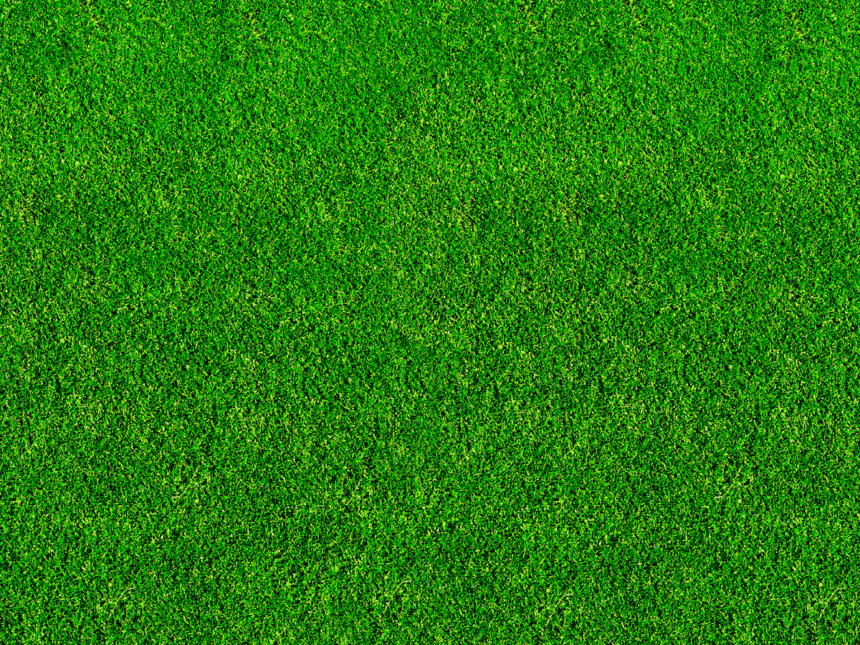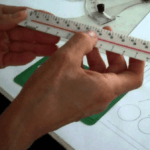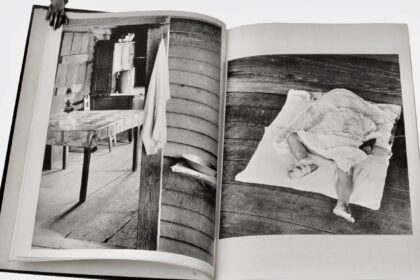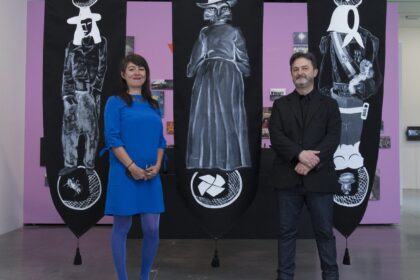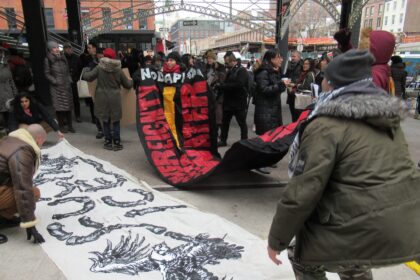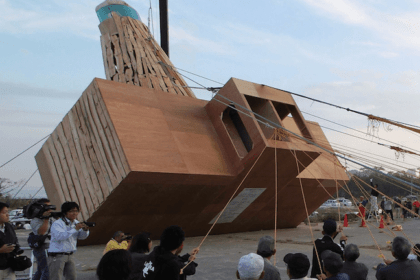Editorial | Spring 2018
Grant Kester
We are pleased to announce the release of FIELD issue #10. This is a significant milestone for us, as it marks the survival of FIELD through its first three years of existence. This is no small achievement, as the journal has been a labor of love and commitment from the beginning, run entirely on volunteer labor. I’d like to take this opportunity to thank all of our FIELD Editorial Collective members, past and present, our Corresponding Editors, our Editorial Advisory Committee members, and, of course, our generous contributors, for their dedication to the vision of informed, substantive and independent criticism and analysis of socially engaged art. We have a long list of things we’d like to do to make FIELD more effective as a platform for new approaches to critical writing. Chief among them are the ability to pay our contributors and provide research funding for writers engaging with long-term projects in the field. As important as these issues are we often find that the task of publishing three substantial issues a year leaves little opportunity for the development work necessary to identify potential funders, write grants and so on. This isn’t to complain, but simply to provide some context for our inability, as of yet, to follow through on some of our key visions and goals for the journal.
Having said that, we are proud of the ten issues we’ve produced, which feature almost seventy long essays, reviews, and interviews. There are many other journals that occasionally cover aspects of contemporary socially engaged art, but I believe that no other publication engages the field with the same historical and analytic depth, geographic breadth and thematic range as FIELD does. The current issue exemplifies what I think is most important about FIELD. It features Greig Crysler’s essay “The Paradoxes of Design Activism: Scale and Exchange,” which focuses on the participatory design work of Samuel Mockbee’s iconic Rural Studio and the University of Washington’s Global Community Studio. Crysler explores the ways in which each of these projects is conditioned, and complicated by, questions of scale as it relates to the tension between the local and the global. This is the second of a three-part series of essays exploring the institutional and discursive politics of participation and collaboration in contemporary design and architecture. The first part appeared in the November 2015 issue of FIELD and the third part will appear next year. When completed, this series of essays will constitute one of the most ambitious and detailed critical efforts to date to analyze the meaning of participation in the field of contemporary architecture and urbanism. The insights developed here by Crysler can contribute a great deal to our understanding of these issues as they are taken up in contemporary socially engaged art, exemplifying the benefits of a trans-disciplinary approach to this work.
This issue also features Andrew Sturm’s presentation of the project Art Trumps Walls, a series of stealth projections directed at the border wall prototypes currently being “tested” by the Trump administration in Otay Mesa, just across the border from Tijuana. While the 30 x 30 foot wall structures mimic the existing conventions of repressive wall structures familiar to us from Apartheid-era South Africa or present day Israel, they also, as Sturm observed, resemble drive-in movie screens. Although access to the wall prototypes inside the U.S. is highly restricted (they are surrounded by a 1.5 mile security perimeter), they are located only a short distance from the existing border fence, and are easily seen from Tijuana. Sturm, working with photographer and artist Jill Marie Holslin, curator Alessandra Moctezuma and Perry Vasquez, who teaches art at nearby Southwestern Community College (SCC), worked with students from SCC (many of whom live in Tijuana) to develop a series of projections directed at the wall prototypes from the Mexican side of the border, which are documented here. In addition, issue #10 features Alex Werth and Rashad Pridgen’s account of the Black Lives Masquerade performance, which was developed at the Zaccho Dance Theater. The Masquerade was a communal dance ritual, running through the streets of San Francisco’s Bayview neighborhood, which sought to honor the lives of African Americans who have been the victims of racist violence, whether by the police, the KKK or skinheads. It included a series of fifty large panels featuring images of figures from Emmett Till to Sandra Bland. The project marks a creative reinvention of the diasporic Masquerade tradition, as a mechanism of solidarity and critique, hybridized with elements from hip hop culture.
Our final feature essay in this issue comes from the Spanish art historian and critic Carlos Garrido Castellano, whose research focuses on Lusophone Africa and the Caribbean. In “The Boda Moment” Castellano explores the shifting terrain of socially engaged art in Uganda. The title of the essay is taken from a set of projects developed in collaboration with Kampala-based motorbike taxi drivers (boda boda drivers) as part of the 2014 KLA Biennial. These took the form of various public interventions that explored the city’s formal and informal economies. Castellano views these commissions as marking a key change in the nature of socially engaged art as it began to challenge the growing privatization of public space that has occurred in Kampala under the influence of neoliberal economic policies introduced by President Yoweri Museveni. Castellano focuses his analysis on two projects in particular that are symptomatic of this shift (the Disability Art Project Uganda and Lilian Nabulime’s AIDS sculpture). Finally, this issue features reviews of two recent books of interest to the field: Angela Harutyunyan’s The Political Aesthetics of the Armenian Avant-Garde: The Journey of the ‘Painterly Real,’ 1987–2004 and the anthology Alternative Art and Anthropology: Global Encounters, edited by Arnd Schneider.
We are also excited to announce an upcoming special issue (scheduled for Fall 2018), which will feature a set of essays on the intersection of art and anthropology, an important area of critical dialogue for the understanding of socially engaged art. The issue is co-edited by anthropologist Eleana Yalouri of Panteion University and artist and anthropologist Elpida Rikou who teaches at the Athens School of Fine Arts. It grew out of the Learning from documenta project developed by Yalouri and Rikou, a unique, long-term research project combining workshops, critical writing and artistic production, that was focused on the staging of documenta 14 in Athens. Their goal was to develop a broad critical account of the ways in which art institutions, and their accompanying discursive systems, function as agents of both critique and assimilation in contemporary society. The issue will feature essays by key figures working at the intersection of art and anthropology, including Thomas Fillitz, Timothy Ingold, George Marcus, Roger Sansi, Arnd Schneider, Christopher Wright and Elpida and Eleana themselves.

